Last updated on January 29th, 2025 at 05:22 pm
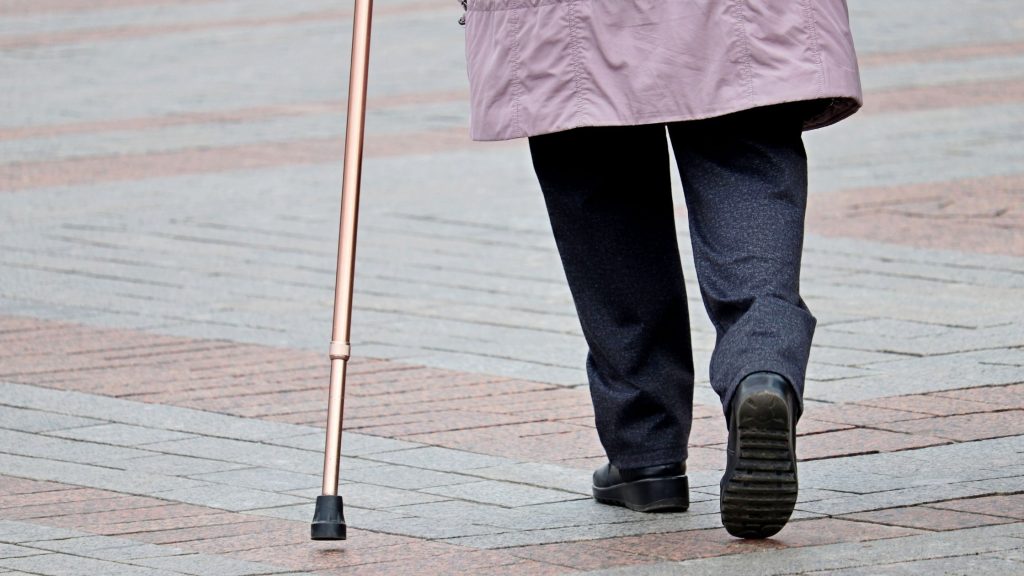
A waddling gait, also known as a myopathic gait, is a way of walking characterized by a side-to-side swaying motion of the hips and trunk. If you can imagine how a duck walks, you will have a good idea of how a person with a waddling gait walks.
But what causes waddling gait, and how can your physiotherapist help? Let’s find out in this article.
What is waddling gait?
Waddling gait can be defined as a distinctive walking pattern characterized by lateral tilting of the pelvis and exaggerated side-to-side movements. This pattern differs significantly from normal gait, which is typically smooth and rhythmic.
If we compare it with the normal gait cycle, there is an exaggerated lateral movement in a waddling gait, causing the person to sway from side to side. This abnormal movement pattern arises from difficulties stabilizing the pelvis and hip during walking, leading to an observable ‘waddle’.
Interestingly, a recent study suggests that the term “waddling gait” may be imprecise and not clinically useful. According to the author, many different names are used for similar gait patterns, leading to confusion in diagnosis and treatment1.
They highlighted the need for clinicians to describe observed elements of the gait rather than relying on vague terminology.
Disturbance in the swing phase causes a waddling gait
The swing phase is the gait cycle phase immediately after the ‘toe-off’. This phase begins when the foot leaves the ground and ends when it touches down again. As you can see in the figure below, our reference leg is deep-coloured, and critical changes occur at the hip, knee, and ankle joints during this time.
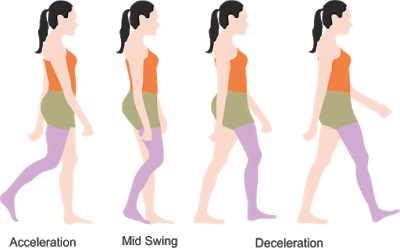
- The hip flexes to lift the leg,
- The knee then bends to allow the foot to clear the ground and
- At the ankle joint, it dorsiflexes to prepare for the foot’s return to the earth.
These coordinated actions help propel the leg forward, preparing for the next step in the cycle. Any factor that disturbs the rhythm of the swing phase results in an altered gait known as waddling gait.
What causes waddling gait?
Several factors can lead to an altered swing phase of the gait cycle, resulting in a waddling gait. The reason for one reason may be completely different from the other. Let us first learn the conditions where the waddling gait is commonly seen.
- Hemiplegia.
- Severe osteoarthritis knee.
- Sciatica.
- Congenital hip dysplasia.
- Muscular dystrophy.
Observe that the waddling gait is seen in paralytic cases such as hemiplegia and pain conditions such as osteoarthritis knee. Both are quite different.
Various medical conditions have been associated with waddling gait, including myopathies (particularly Duchenne muscular dystrophy), bilateral congenital dislocation of the hips, hypothyroidism, and vitamin D deficiency1.
So, what factors lead to a waddling gait?
Factors that cause waddling gait
The two main factors are joint pain and muscle weakness around the thigh and lower leg. These may affect gait in isolation or coexist.
Muscle weakness could be due to hemiplegia, paraparesis, chronic OA knee, etc. The pain conditions could be sciatica or severe bilateral OA knee.
1) Muscle weakness
In waddling gait, some difficulty occurs in the swing phase due to an underlying structural deformity. These structural deformities could be any one or any combination, such as weakness of leg muscles, restriction in joint mobility (hip/knee/ankle), pain in leg joints, sciatica, or low back pain.
As we just discussed, to clear the ground, one has to bend slightly at the hip, knee, and ankle joints. But when this hip, knee, and/or ankle bending is impossible, one has to bend his trunk to the opposite side.
Bending of the trunk to the opposite side is associated with lifting the leg and swinging it forward in a half-circle/semicircular fashion. This gives rise to circumduction gait. When this abnormal way of clearing the gait occurs on both legs, it looks like the way a duck is walking. This is called waddling gait.
2) Pain
I have seen waddling gait in patients with severe bilateral osteoarthritis knee and sciatica.
It is also seen in total knee replacement cases requiring proper gait training post-operatively and in post-operative hip replacement patients. Here, pain makes the person unable to move, bending in the knee and/or hip joint, leading to an altered swing phase gait cycle.
If the pain is old, the muscle weakness further aggravates the condition.
Waddling gait physiotherapy treatment
We have to address the causative factor behind the gait. In my clinical experience, the two common causes of waddling gait are severe OA knee and hemiplegia.
If you have knee pain due to severe OA knee, then you must:
- Use a hinged knee brace.
- Perform knee rehabilitation exercises regularly.
- If this doesn’t work, consult an orthopaedic doctor who may recommend knee replacement.
- Follow knee replacement rehabilitation protocol properly.
For a hemiplegic case, follow the exercises according to your physiotherapist. Concentrate on gait training.
Final takeaway
Different causes of waddling gait exist; understanding the underlying causes and affected phases of the gait cycle is crucial to ensuring effective treatment. Once the underlying cause is addressed, your physical therapist can help you retrain normal walking patterns.
Keep Reading: New 3D Tech prosthetic liners help more amputees walk again
The author is a physiotherapist who has been practising for the last 17 years. He holds a Bachelor's in Physiotherapy (BPT) from SVNIRTAR (Swami Vivekananda National Institute of Rehabilitation and Research), one of the prestigious physiotherapy schools in India.
Whatever he learns dealing with his patient, he shares it with the world through blogs and e-books. He also owns a YouTube channel, "Sunit Physiotherapist" with over 8 lakh active subscribers. Here, he shares everything he gets to learn serving the patient.
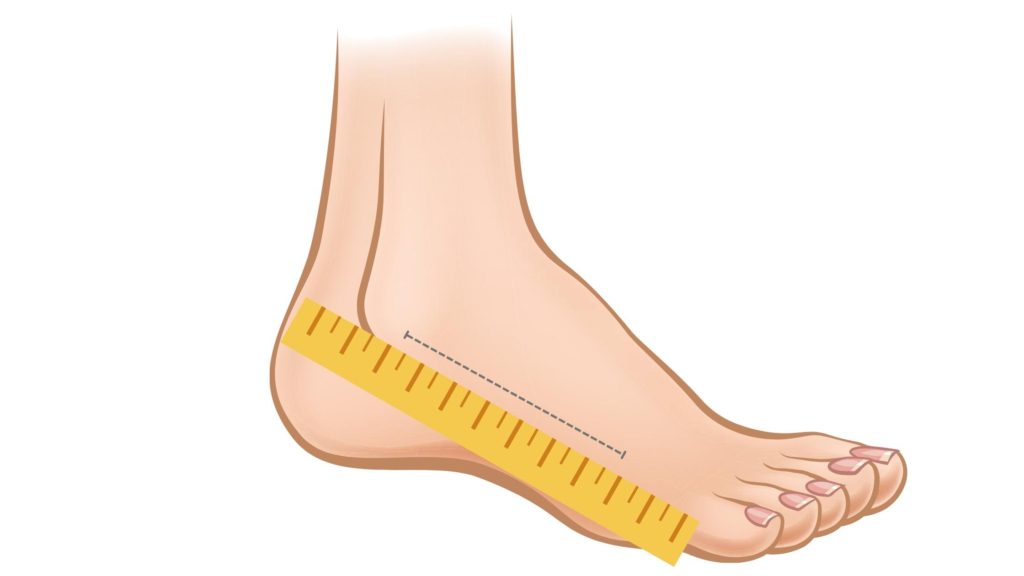
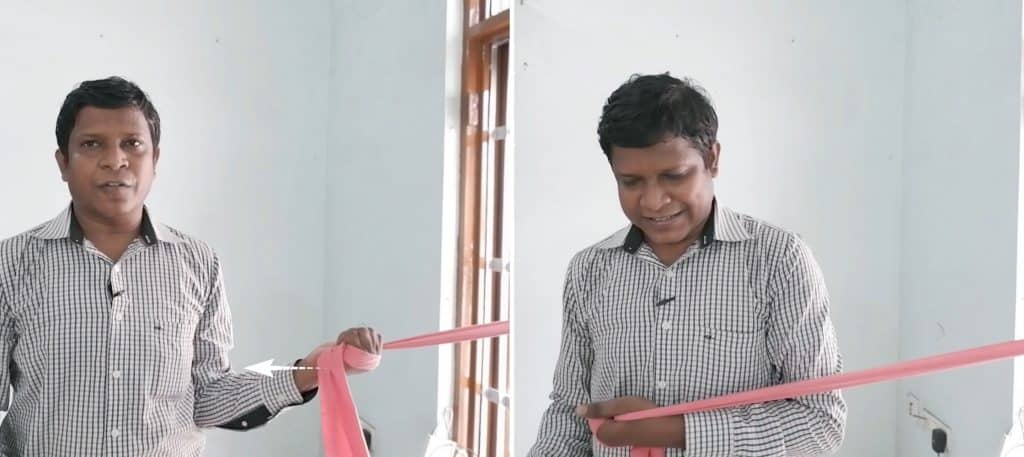

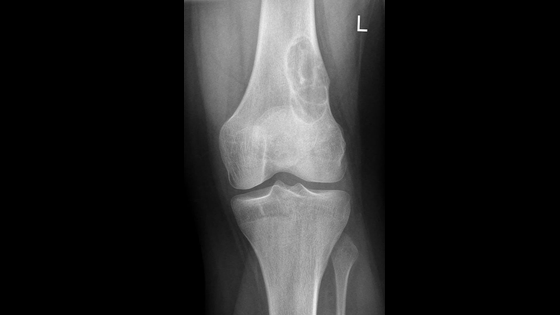
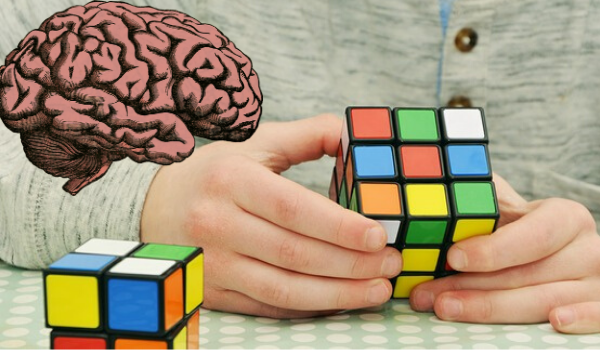

Pingback: Circumduction gait: Causes, muscle weakness, treatment - Physiosunit
Thanks for the comment sir. My observation says that waddling gait mildly improves in mild OA knee with NSAID on
How common is waddling gait due to OA knee with mild pain managed with NSAID off and on?
Pingback: Gait Cycle Muscles Activity| Anatomy explained - Physiosunit
Pingback: Circumduction gait: Causes, muscle weakness, treatment : Physiosunit
Thank you so much. Have any more questions? please drop a comment
Nice post, Thank you for sharing valuable information. I enjoyed reading this post. The whole blog is very nice found some good stuff and good information here Thanks for sharing…Also visit my page.
Premium Folding Wheelchair